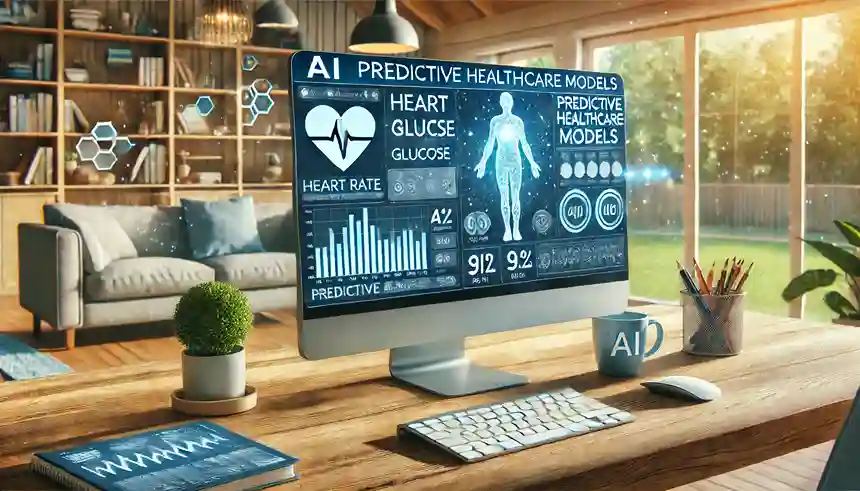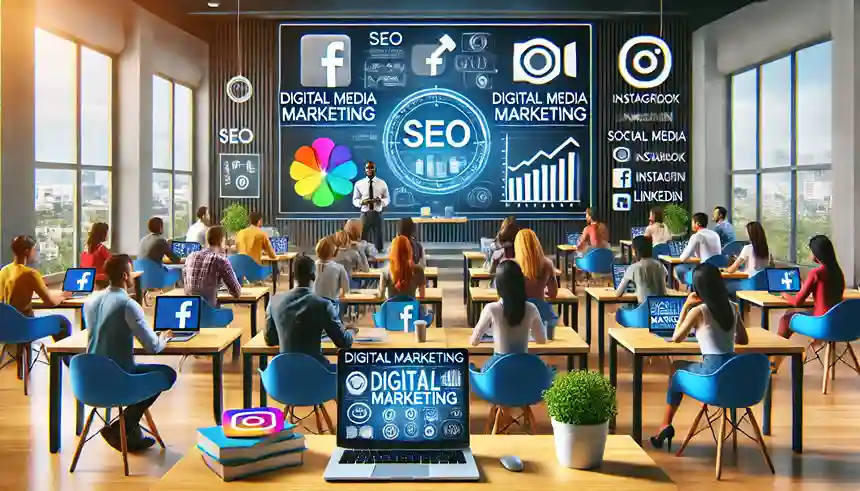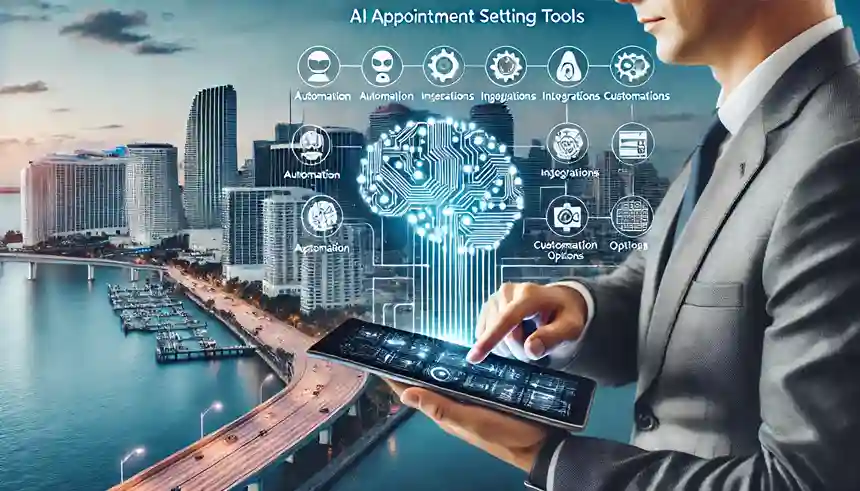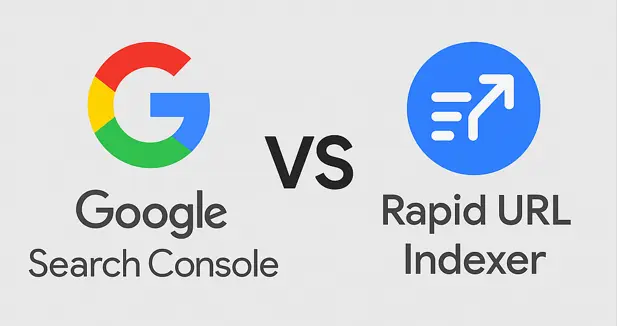Quick Answer:
The quick answer to How future healthcare technology is transforming at-home care is: by enabling remote diagnostics, continuous health monitoring, AI-powered virtual assistants, personalized treatment plans, and real-time telemedicine—making healthcare more accessible, efficient, and patient-centric than ever before.

The Shift from Hospitals to Homes
Over the past decade, healthcare has undergone a massive transformation. From hospital visits being the only option to receiving professional-grade care at home, the paradigm is shifting rapidly. With the rise of advanced healthcare technologies, at-home care is no longer a compromise—it’s becoming the new gold standard.
This evolution is not just about convenience; it’s about empowering patients, reducing hospital load, and ensuring timely medical intervention in the comfort of one’s home. But what exactly is driving this transformation?
Let’s explore how the future of healthcare technology is elevating at-home care—and why it matters more than ever.
1. Telemedicine: Your Doctor Is Just a Click Away
What is Telemedicine?
Telemedicine allows patients to consult with healthcare providers remotely using video calls, mobile apps, or web platforms. This has grown exponentially since the COVID-19 pandemic and continues to be a staple in modern healthcare.
Key Benefits:
– Instant consultations
– Reduced travel time and cost
– Quick prescriptions and follow-ups
– Increased access to specialists
Future Trends in Telemedicine:
– AI-assisted symptom checking
– Integration with wearable devices
– Virtual reality (VR) for remote physical therapy
Q: How is telemedicine improving at-home care?
A: Telemedicine allows real-time virtual consultations, reducing the need for hospital visits and making medical expertise accessible from home.
2. Remote Patient Monitoring (RPM): Real-Time Health Tracking

RPM uses smart devices to track vital signs like heart rate, oxygen levels, blood pressure, glucose levels, and more. Data is automatically sent to healthcare providers, enabling timely intervention.
Devices That Power RPM:
– Smartwatches (e.g., Apple Watch, Fitbit)
– Connected blood pressure monitors
– Continuous glucose monitors (CGMs)
– Pulse oximeters and ECG patches
Future Developments:
– AI to detect health anomalies before symptoms occur
– 5G-enabled faster data transmission
– Integration with cloud-based Electronic Health Records (EHR)
Why It’s Game-Changing:
RPM reduces hospital readmissions, allows for early detection of complications, and enhances chronic disease management—especially for older people and those with mobility challenges.
3. Artificial Intelligence (AI): A Digital Health Brain

AI is becoming a vital part of home healthcare, offering everything from virtual nursing assistants to predictive analytics for disease prevention.
AI in At-Home Care:
– Chatbots answering health questions
– AI-based mental health apps like Woebot
– Predictive alerts for potential health issues
– Voice assistants for medication reminders
Example:
Imagine a smart home assistant that not only reminds you to take your medicine but also alerts your doctor if your blood pressure spikes.
Featured Snippet Tip:
Q: How is AI used in at-home healthcare?
A: AI in at-home healthcare powers virtual assistants, predictive analytics, medication management, and continuous health monitoring for personalized care.
4. Wearable Technology: Healthcare on Your Wrist

Wearable devices have moved far beyond step tracking. They now provide clinical-grade data, helping detect diseases and manage chronic conditions at home.
Popular Wearables Include:
– Apple Watch: Detects arrhythmia and blood oxygen levels
– Oura Ring: Tracks sleep, heart rate, and body temperature
– BioSticker: Monitors vital signs continuously
Future of Wearables:
– Smart clothing with embedded sensors
– Implantable chips for real-time monitoring
– Nanotech wearables for cellular-level data
– “Best wearable devices for home health”
– “How wearable tech improves at-home care”
5. Internet of Medical Things (IoMT): A Connected Healthcare Ecosystem
IoMT refers to a network of connected medical devices, applications, and systems. This network helps deliver seamless, real-time, and remote healthcare.
How IoMT Elevates At-Home Care:
– Synchronizes patient data across devices
– Enables real-time doctor alerts
– Improves diagnostic accuracy through data integration
Real-World Use:
A heart monitor sends live data to a cardiologist while alerting the patient to take medication based on a sudden rhythm change.
6. Personalized Medicine at Home
Thanks to genomics and AI, medicine is becoming increasingly personalized. At-home diagnostic kits are now tailored to your unique biology.
Examples:
– DNA testing kits (like 23andMe)
– Personalized nutrition and fitness plans
– Tailored medication based on genetic makeup
Why It Matters:
This approach reduces trial-and-error in treatment, enhances effectiveness, and empowers patients with personalized insights.
7. Smart Home Integration: Health-Enabled Living Spaces

Smart homes are being designed to support aging, illness management, and lifestyle improvement through healthcare integration.
Features:
– Smart pill dispensers
– Voice-controlled emergency calls
– Fall detection sensors
– Mood and stress lighting systems
Emerging Trends:
– Smart mirrors that assess your health by scanning your face
– Beds that track sleep and adjust based on your health condition
– Robots that assist in daily routines and caregiving
8. Virtual Reality (VR) and Augmented Reality (AR)
While VR and AR are known for gaming, they are now making waves in therapy and rehabilitation.
At-Home Use Cases:
– Physical therapy exercises using AR guidance
– VR for pain management and mental health
– Stroke recovery and cognitive training
Key Insight:
VR reduces the need for in-person therapy while keeping patients engaged and improving outcomes.
9. Blockchain for Health Data Security

With so much data being generated at home, privacy is a huge concern. Blockchain ensures data is tamper-proof, secure, and patient-controlled.
Benefits of Blockchain in Home Healthcare:
– Secure sharing of health records
– Transparent prescription tracking
– Eliminates counterfeit drugs with supply chain transparency
10. Drones and Smart Delivery for Medication and Equipment
Drones are now being tested and used to deliver essential medication, test kits, and medical equipment straight to patients’ homes.
Fast Facts:
– Reduces delivery time for urgent meds
– Ensures access in remote areas
– Improves response time in emergencies
11. Future Outlook: What’s Coming Next?
Here’s what the future of at-home care looks like over the next 5-10 years:
Trend Expected Impact
AI-powered home diagnostics Faster, cheaper disease detection
Digital twins (virtual models of patients) Simulation of treatment outcomes
Biometric authentication Enhanced health data security
Robotic companions 24/7 support for everyone
Neural interfaces Control of devices through thought
FAQs: Quick Answers for Curious Minds

It involves advanced technologies like AI, wearables, RPM, and telemedicine that provide personalized, real-time care at home.
They monitor vital signs, detect health issues early, and sync with healthcare providers for proactive intervention.
Yes, with AR and VR systems, guided exercises can be done effectively at home, often supervised remotely by a therapist.
With real-time monitoring, AI alerts, and smart devices, at-home care is not only safe but often more efficient for many patients.
Final Thoughts: Healthcare That Comes to You
The future of healthcare isn’t about more hospitals or clinics—it’s about **bringing expert care directly into the home.** With smart devices, AI, telemedicine, and IoMT, patients can receive **timely, personalized, and proactive treatment** without stepping outside.
Whether you’re a patient, caregiver, or healthcare professional, now is the time to embrace the future. Because the future of health… is home.
Want More Insights?
Stay updated with the latest in healthcare innovation, AI, and future tech by subscribing to our newsletter at SociaGain




